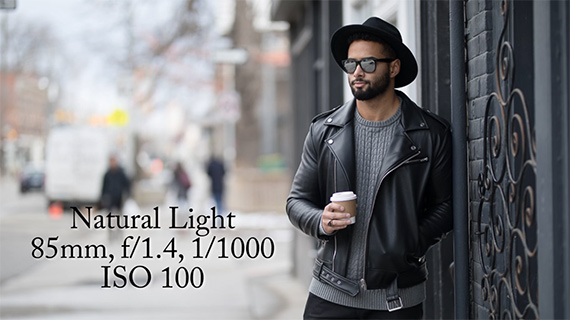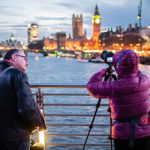You don’t have to try too hard to capture unique results. Just changing your incident light and using different shooting techniques can guarantee you different results. In this case, photographer Derrel Ho-Shing demonstrates how results differ when you shoot with natural light vs. flash vs. high-speed sync:
Ho-Shing uses a Canon 5D Mark IV paired with a Sigma 85mm f/1.4 Art lens. He demonstrates with a few shots of the same model.
For the first of the shots, he uses natural light at 85mm, f/1.4, 1/1000 of a second, and ISO 100.

Natural Light
For the second image, he shot within the limitations of flash speed sync. Because of the fast, wide aperture, he had to stop down to f/5.6 in order to shoot a balanced exposure.

Flash
This is what the ‘normal’ exposure would look if shot at f/1.4:

Overexposed Scene at f/1.4
Clearly overexposed.
But if you’re using a fast, wide aperture, you probably want to use it to isolate your subject from the background. To be able to use the widest aperture you have to either use high-speed sync or an ND filter. Ho-Shing uses high speed sync.

High Speed Sync
With high-speed sync the results are more dramatic. A nice background blur isolates the subject from the background while keeping a nicely
If you want to use a wide aperture in broad daylight, high speed sync seems to be the way to go!
Like This Article?
Don't Miss The Next One!
Join over 100,000 photographers of all experience levels who receive our free photography tips and articles to stay current:









Leave a Reply